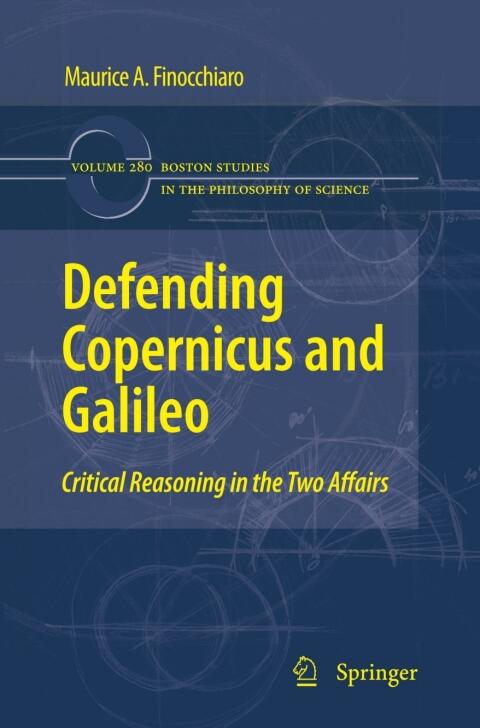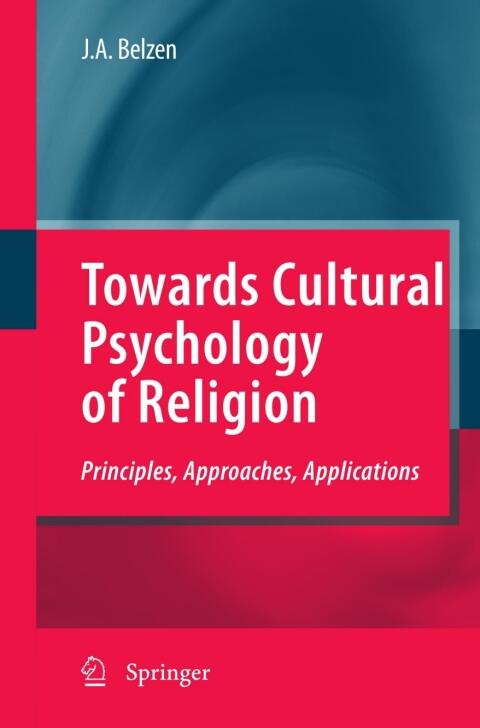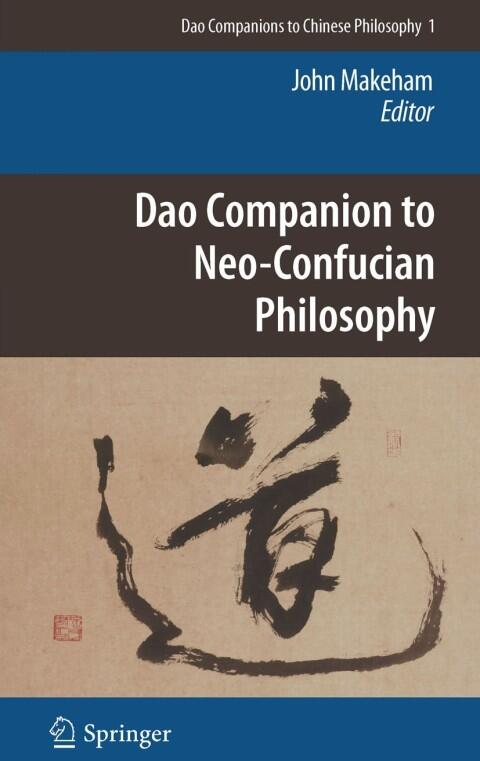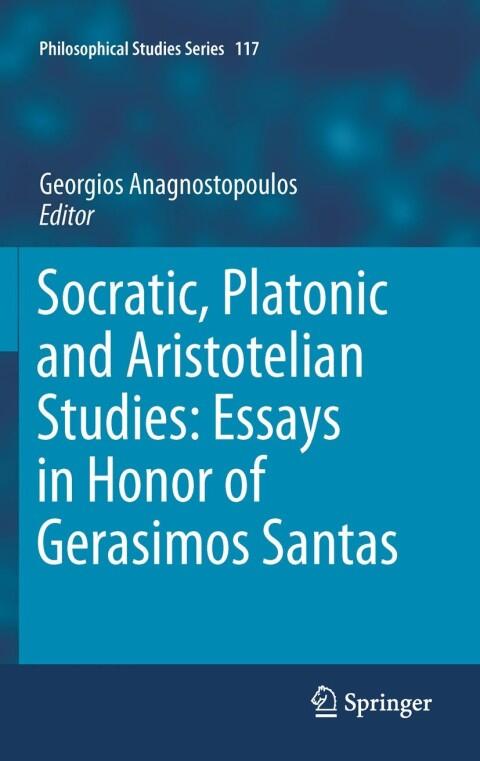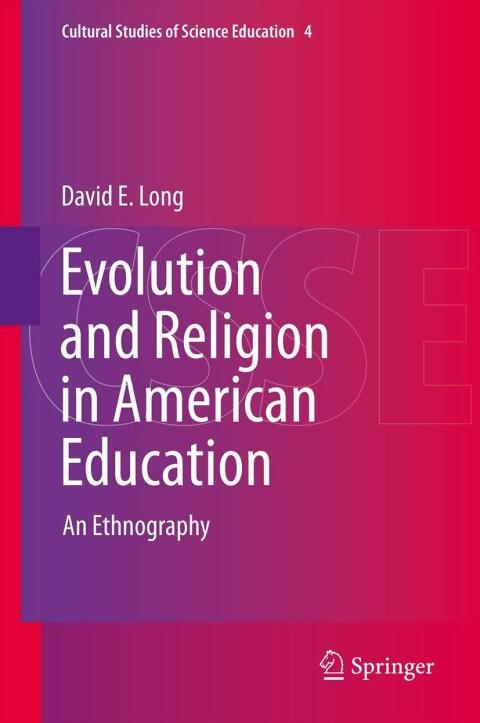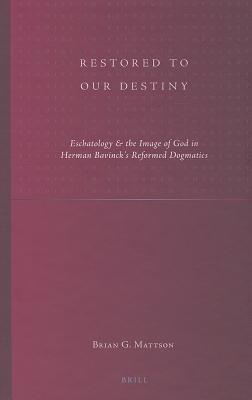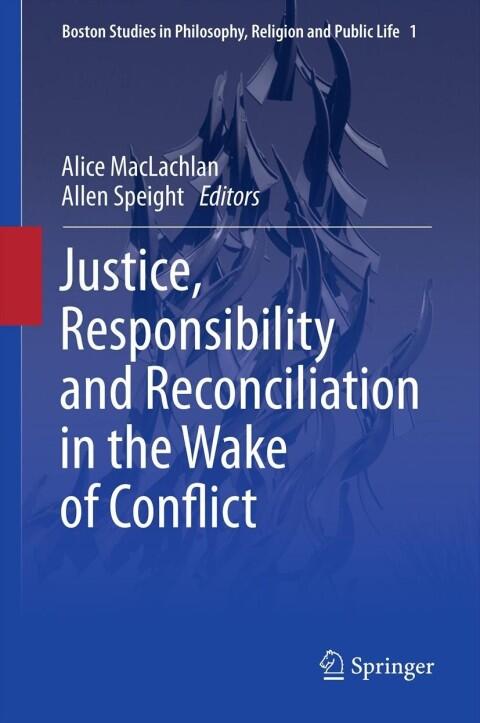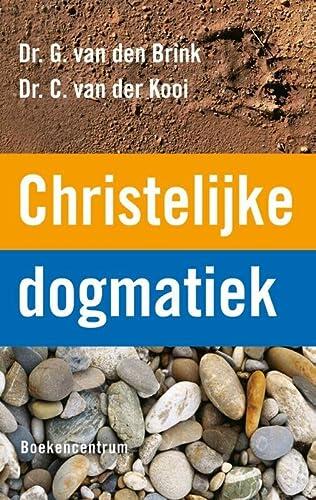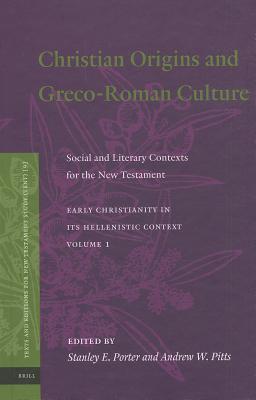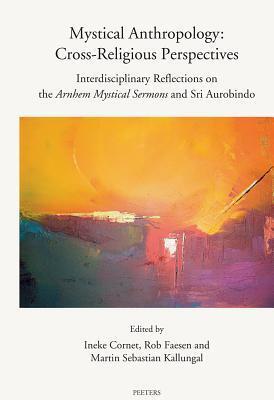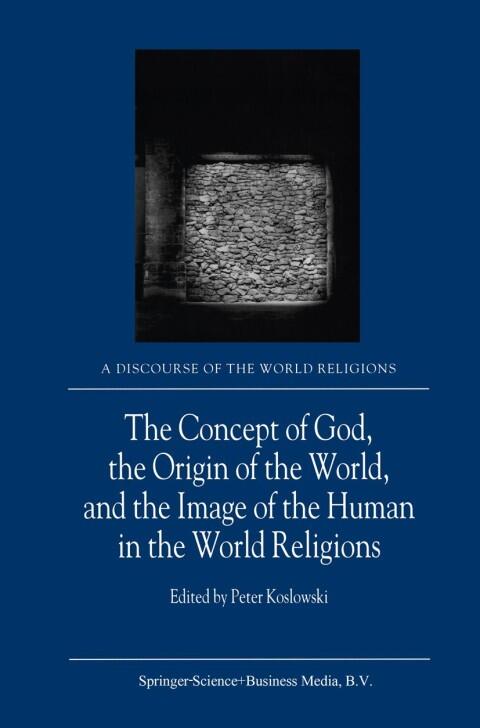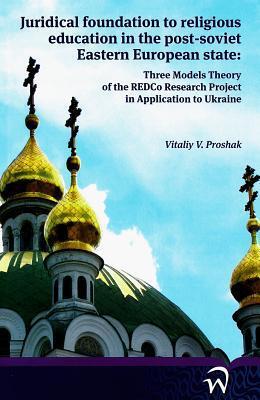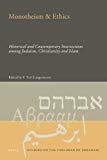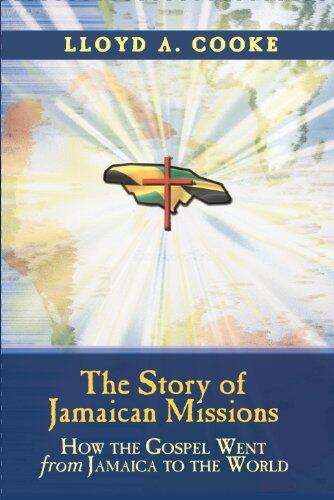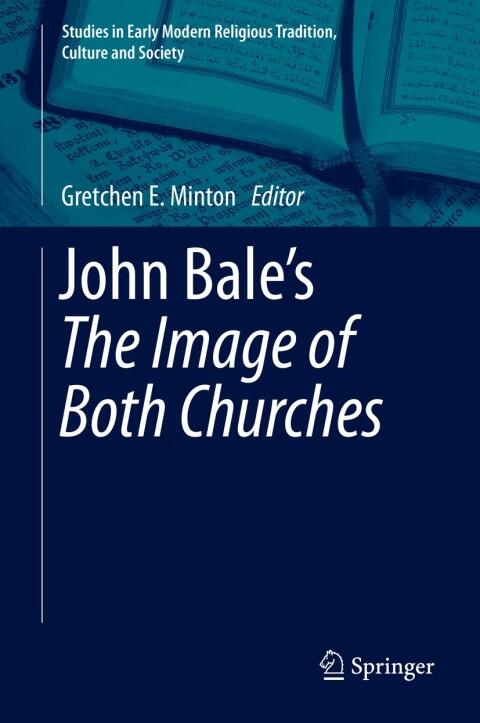
John Bale’s 'The Image of Both Churches'
door
Gretchen E. Minton
Nog geen beoordelingen
Romance
Dystopian
Religion & Spirituality
+2
more
Formaat
Kindle
Pagina's
517
Taal
Nederlands, Vlaams
Gepubliceerd
Jan 1, 2014
Uitgever
Springer
Editie
2013
ISBN-10
9400772963
ISBN-13
9789400772960
Beschrijving
Gretchen E. Minton presents a meticulous critical edition of John Bale's significant work, "The Image of Both Churches," which dates back to around 1545. In this comprehensive edition, Minton delves into Bale's arguments that reflect the tumultuous religious transformations of the early modern period. The text serves as a vital commentary on the conflicts between Catholic and Protestant ideologies, showcasing Bale's innovative approach to theological discourse.
Minton provides extensive context, enabling readers to appreciate the nuances of Bale's thought and the historical backdrop of the Reformation. The introduction carefully outlines Bale's intentions and influences, drawing connections between his work and broader religious developments of the time. The detailed annotations and scholarly insights embedded throughout the edition enhance the reader's comprehension of both the language and the theological implications present in Bale's writing.
The book not only highlights Bale's unique perspective but also demonstrates how his ideas resonate in contemporary discussions about faith and church politics. By situating Bale's work within the broader tapestry of religious tradition, Minton invites readers to explore the complexities of belief and identity during a pivotal moment in history.
Ultimately, this edition serves as an invaluable resource for scholars, students, and anyone intrigued by the intersections of religion, culture, and society in early modern Europe. Minton's dedication to her subject makes this work a significant addition to the field, fostering a deeper understanding of Bale's contributions and their lasting implications.
Minton provides extensive context, enabling readers to appreciate the nuances of Bale's thought and the historical backdrop of the Reformation. The introduction carefully outlines Bale's intentions and influences, drawing connections between his work and broader religious developments of the time. The detailed annotations and scholarly insights embedded throughout the edition enhance the reader's comprehension of both the language and the theological implications present in Bale's writing.
The book not only highlights Bale's unique perspective but also demonstrates how his ideas resonate in contemporary discussions about faith and church politics. By situating Bale's work within the broader tapestry of religious tradition, Minton invites readers to explore the complexities of belief and identity during a pivotal moment in history.
Ultimately, this edition serves as an invaluable resource for scholars, students, and anyone intrigued by the intersections of religion, culture, and society in early modern Europe. Minton's dedication to her subject makes this work a significant addition to the field, fostering a deeper understanding of Bale's contributions and their lasting implications.
Recensies
Nog geen beoordelingen
Wees de eerste om dit boek te recenseren en deel je gedachten
Voeg Eerste Recensie ToeLeeslogboek
Geen leeslogboeken gevonden
Begin met het volgen van je leesvoortgang om logboeken hier te zien
Voeg je eerste leeslogboek toeNotities
Geen notities gevonden
Begin met het toevoegen van notities om ze hier te zien
Voeg je eerste notitie toeTransactielogboek
Geen transactielogboeken gevonden
Begin met het volgen van je boektransacties om logboeken hier te zien
Voeg je eerste transactielogboek toe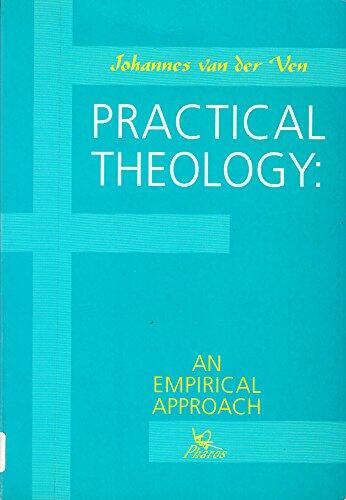
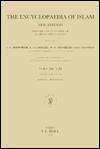
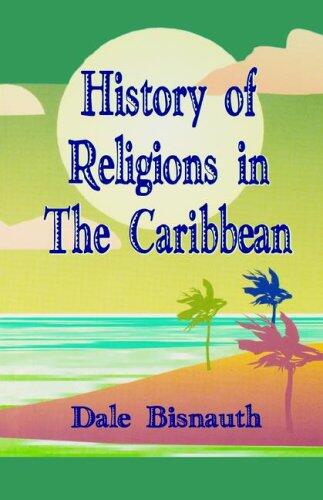
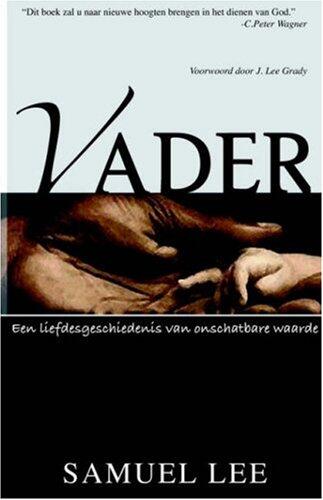
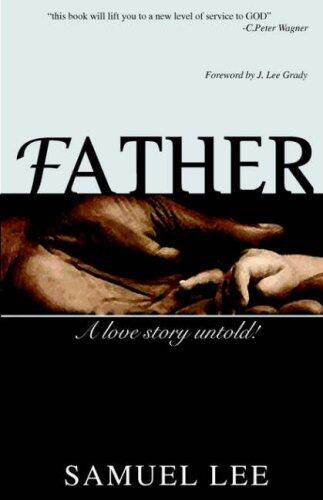
![[Ethical Principles and Economic Transformation - A Buddhist Approach (Issues in Business Ethics)] [Author: x] [May, 2011]](https://images.bookpine.com/bd815e9c-ead9-4e64-bfb5-aea659b2460b.jpg)
